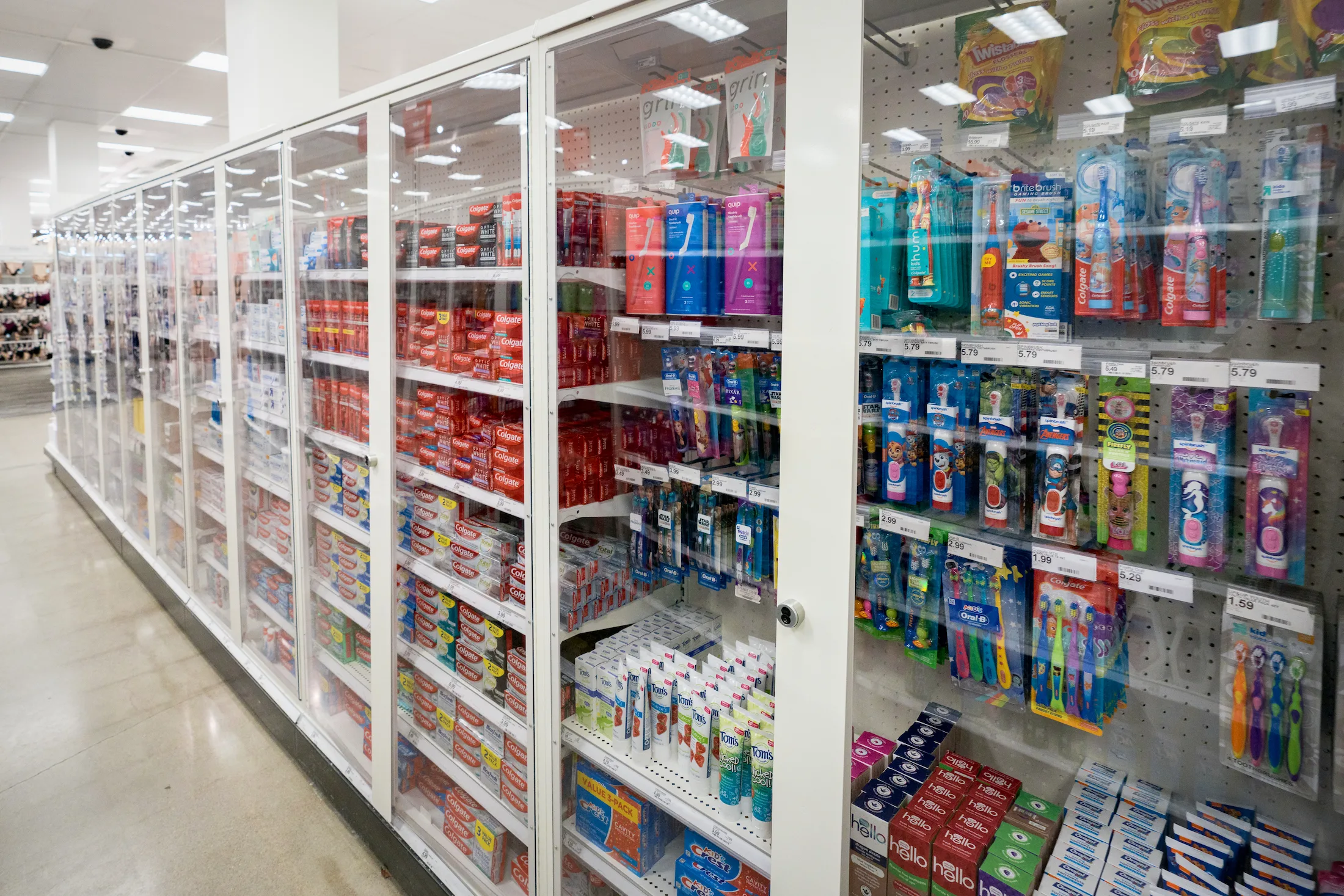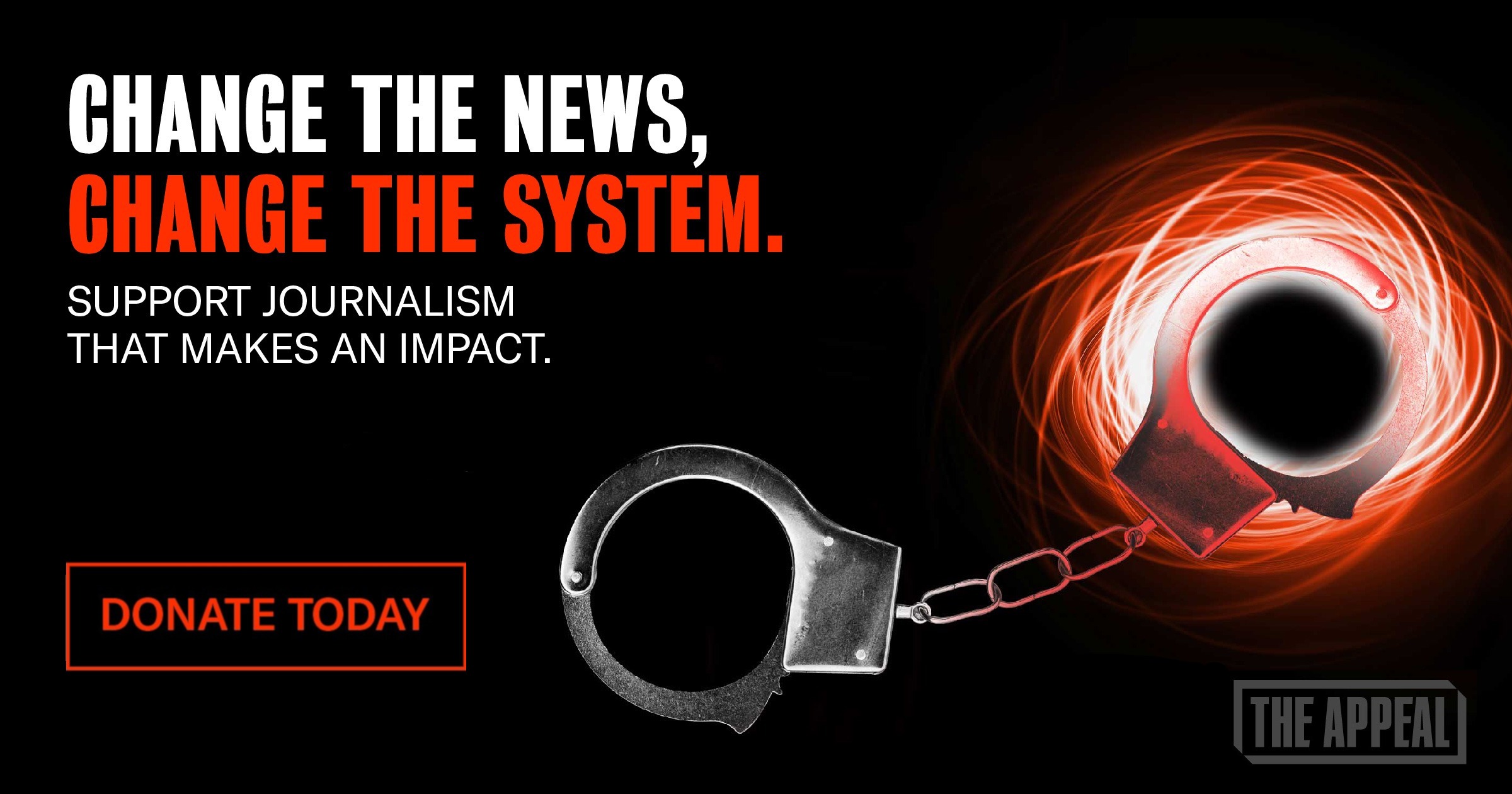Commentary
How Corporations Enable Property Crime—And Use it to Fuel a Self-Serving Panic
Upon closer examination, many of the most widely covered property crime phenomena can be better understood as the predictable result of a callous corporate push for profits.

Over the past few years, Americans have been swept into a protracted panic fueled by a supposed wave of property crime. Amid the pearl-clutching, purveyors of this panic have seized upon a series of separate trends—from shoplifting, to porch pirates, to shipping container heists, to “Kia Boys” car thefts—to call for more policing and punishment to combat what they have depicted as a broader disintegration of law and order.
There is good reason to be skeptical of this narrative. For one, the recent increase in police-reported property crime is only relative to a drop during the height of the COVID-19 pandemic when people were cooped up indoors; longer-term trends suggest we’re just returning to pre-pandemic norms. But crime data alone is perhaps not the most effective antidote to sensationalized, politicized hysteria driven primarily by vibes and rank opportunism. By focusing on statistical arguments, we also miss an important opportunity to call out one of the primary culprits of this panic—specifically, the corporations that continue to enable the very theft to which they fall victim.
Upon closer examination, many of the most widely covered property crime phenomena can be better understood as the predictable result of a callous corporate push for profits: Amazon packages are stolen so frequently in part because the e-commerce behemoth has calculated that it’s more cost-effective to drop packages willy-nilly and replace the occasional item than to safeguard every delivery. The explosion in thefts of Kias and Hyundais followed a cost-saving decision by their manufacturers to forgo the installation of a basic anti-theft device found in almost every other car on the road. In the years before a burst of hand-wringing media coverage about cargo theft, freight rail companies made substantial staffing cuts, leaving just two employees to cover miles of trains filled with containers secured with little more than bike locks. The odds of a break-in are apparently too low to invest in anything better, and the contents of the containers are insured anyway.
For corporations, the cost of theft and the cost of preventing theft both put a dent in a balance sheet. To maximize profits, they must weigh the costs of stolen product against the costs of securing it—and they often determine that it makes economic sense to simply let theft happen. Some companies have even found ways to turn their ostensible losses into growth opportunities. Amazon quickly capitalized on porch piracy by selling Ring surveillance cameras, for example, while Kia/Hyundai sought to profit from its crisis by selling security kits before lawsuits forced it to change tack.
Through this lens, many forms of property crime can be seen as a natural byproduct of rapacious capitalism, much like pollution.
This might be more tolerable if corporations took responsibility for their role in facilitating theft. Instead, they have played the hapless victim, fueling the current panic to push for more law enforcement and punishment to respond to crime they have helped create. This approach makes financial sense: Why pay for guards when the state can foot the bill? Moreover, it presents a convenient opportunity for corporations to press the state to invest more in protecting their interests—and the interests of their wealthy shareholders—from the consequences of the class divide they’ve helped deepen, says William I. Robinson, a sociologist at University of California, Santa Barbara.
“Anytime when inequality rises, when social tension and social discontent rises, you see a corresponding increase in the systems of social control and repression by the state,” Robinson told The Appeal in an interview. “We’re at a time of simply unprecedented inequalities and increasing mass deprivation in the United States . . . It should come as no surprise, sociologically speaking, that the ruling groups organized in corporations and also in foundations and in the state are going to want to see an increase in police force.”
To that effect, CVS, Walgreens, Target, and several other big retailers have spent the past few years manufacturing a particularly audacious panic, claiming hordes of shoplifters are forcing them to shutter stores. But there is little evidence that such theft has reached an unprecedented crisis: Police data suggests there has been no major increase in shoplifting, and even the stats from the National Retail Federation—a corporate advocacy arm—contradict the story. Many of the ballyhooed store closures turned out to be preplanned; the crime story seems to have been calculated to cover for mismanagement.
But retailers have plowed ahead with this narrative anyway, armed with a now nearly ubiquitous anti-theft tool that usefully doubles as a PR weapon: plexiglass. While stores have long kept small, expensive items like saffron or razors under lock and key, many of the largest retailers have started securing everything from body wash to Oreos, forcing customers to flag down employees to open cases. Retailers insist it’s the only way to curb supposedly rampant theft, even though it drives customers nuts. And that might be at least part of the point.
The encase-everything-in-plexiglass strategy is a win-win for retailers. Most importantly, it doesn’t appear to threaten their bottom line, at least according to Target’s CEO. And while it may lead to consumer frustration, retailers likely know they can leverage this outrage in favor of the tough-on-crime policies they’ve long sought. Americans have been conditioned to respond to structural problems by blaming individuals while happily ignoring the role of corporate influence and governmental retrenchment. So when news outlets fill fear-mongering segments with images of empty store shelves and locked-up products, it seems almost tailor-made to elicit a specific reaction: This wouldn’t happen if those thieves were in prison!
The campaign has already paid dividends, with several states passing laws in recent years ratcheting up punishments for shoplifters. These measures have gained traction even as research shows that harsher penalties aren’t correlated with lower rates of shoplifting—in fact, caging someone only increases their odds of recidivism.

There are much better ways to address property crime without relying on policing and punishment. But a different approach would mean deviating from a status quo that obsessively holds up more cops, courts, and cages as an answer to problems it refuses to address at a structural level.
For starters, corporations themselves could take proactive steps to prevent theft. They could, for example, stop deliberately understaffing their stores, increasingly relying on self-checkouts to cut labor costs, and underpaying the workers they have left. These practices make businesses more vulnerable to theft, and not just by making it easier to shoplift. Theft by employees outpaces shoplifting in terms of total value, and studies have shown that higher wages are associated with less stealing by staff.
But, given that execs are unlikely to betray their fiduciary duty to investors by growing a conscience, there are other strategies at hand. The state could take regulatory action to rein in greedflation and other egregious corporate price-gouging practices that force some people to steal what they can no longer afford. In obscene instances like Kia/Hyundai’s, where a corporation’s negligent business practices create public mayhem, the state can also pursue “nuisance” lawsuits to hold them to account, as officials in some cities have begun to do.
Raising taxes on skyrocketing corporate profits could also help fund root-cause solutions. A rare, documented case of “organized retail crime” in New York shows how: A pawnshop owner ran the operation, siccing dozens of people on city retailers to steal millions of dollars in goods he then resold online. Many of the thieves were unhoused and being paid cents on the dollar. A more robust social safety net could have nipped the enterprise in the bud by relieving the basic precarity that drives many to get involved in crime. Some jurisdictions have expanded this approach with programs that pay participants a stipend to stay out of trouble. Such compensation would likely be a sensible deal for people who are stealing primarily due to poverty—and it would certainly be more cost-effective than our current interventions.
If corporations truly believed they were in the grips of a crime wave, taking responsibility and advocating for these sorts of changes might be a natural starting place to begin addressing the problem. But they haven’t because this is a manufactured panic. And if neither media nor politicians will call out this textbook “neoliberal penality” for the nonsense it is, maybe we have to look for ways to take matters into our own hands.
So next time you use the self-checkout, don’t be too concerned if those steaks get scanned as bananas—accidentally, of course. After all, the risk of sloppy scanning is likely the only thing keeping your local retailer from laying off all their cashiers. It’s on us to keep them honest.
